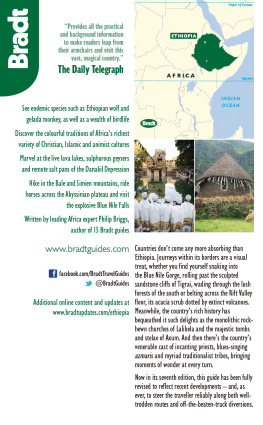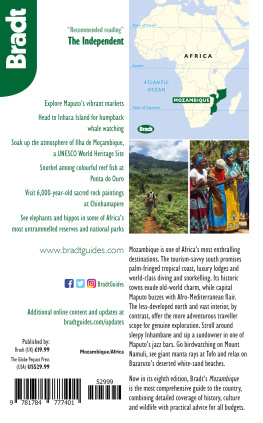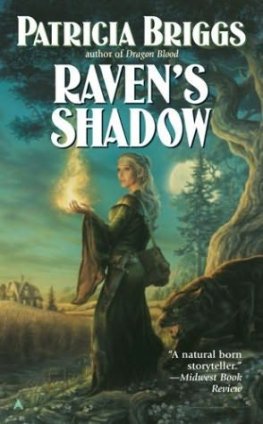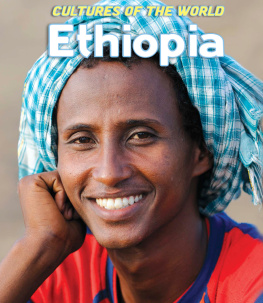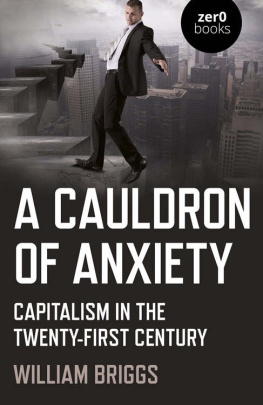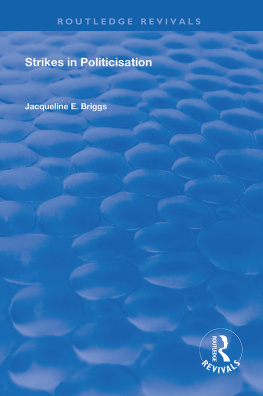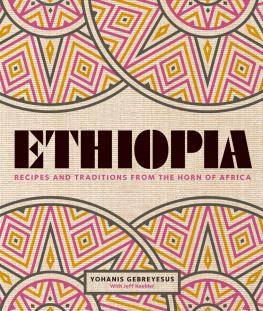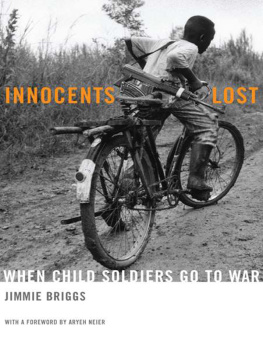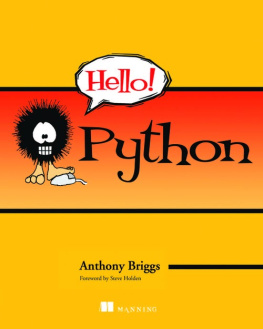Philip Briggs - Ethiopia
Here you can read online Philip Briggs - Ethiopia full text of the book (entire story) in english for free. Download pdf and epub, get meaning, cover and reviews about this ebook. year: 2015, publisher: Bradt Travel Guides Ltd, genre: Home and family. Description of the work, (preface) as well as reviews are available. Best literature library LitArk.com created for fans of good reading and offers a wide selection of genres:
Romance novel
Science fiction
Adventure
Detective
Science
History
Home and family
Prose
Art
Politics
Computer
Non-fiction
Religion
Business
Children
Humor
Choose a favorite category and find really read worthwhile books. Enjoy immersion in the world of imagination, feel the emotions of the characters or learn something new for yourself, make an fascinating discovery.
- Book:Ethiopia
- Author:
- Publisher:Bradt Travel Guides Ltd
- Genre:
- Year:2015
- Rating:5 / 5
- Favourites:Add to favourites
- Your mark:
- 100
- 1
- 2
- 3
- 4
- 5
Ethiopia: summary, description and annotation
We offer to read an annotation, description, summary or preface (depends on what the author of the book "Ethiopia" wrote himself). If you haven't found the necessary information about the book — write in the comments, we will try to find it.
Ethiopia — read online for free the complete book (whole text) full work
Below is the text of the book, divided by pages. System saving the place of the last page read, allows you to conveniently read the book "Ethiopia" online for free, without having to search again every time where you left off. Put a bookmark, and you can go to the page where you finished reading at any time.
Font size:
Interval:
Bookmark:
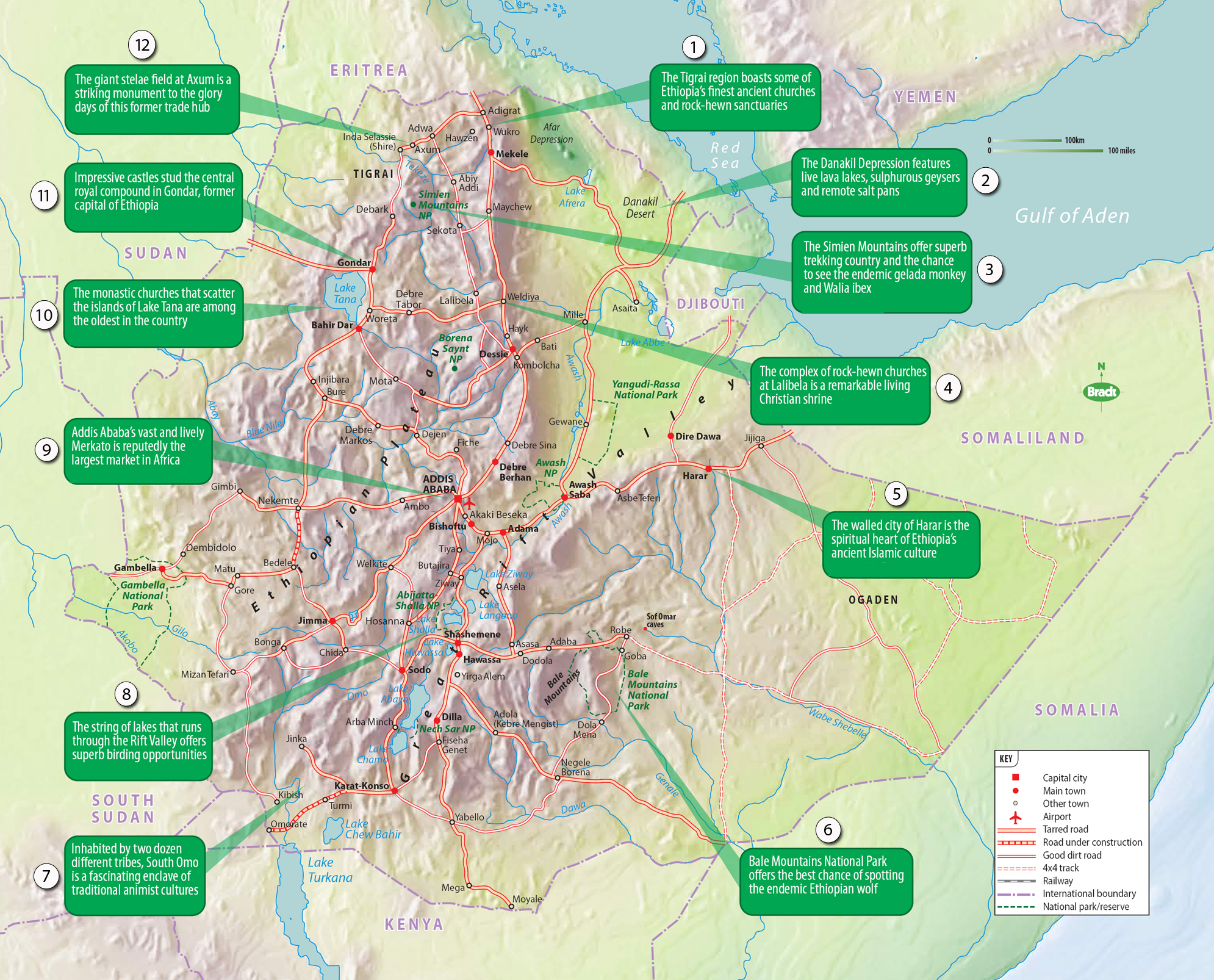
Click on the links below for highlights |
Philip Briggs ( e ) has been exploring the highways, byways and backwaters of Africa since 1986, when he spent several months backpacking on a shoestring from Nairobi to Cape Town. In 1991, he wrote the Bradt guide to South Africa, the first such guidebook to be published internationally after the release of Nelson Mandela. Over the next decade, Philip wrote a series of pioneering Bradt guides to destinations that were then and in some cases still are otherwise practically uncharted by the travel publishing industry. These included the first dedicated guidebooks to Tanzania, Uganda, Ethiopia, Malawi, Mozambique, Ghana and Rwanda, all of which have been updated for several subsequent editions. More recently, Philip wrote the first guidebook to Somaliland, published by Bradt in 2012, as well as new guidebooks to Gambia and Suriname. He still spends at least four months on the road every year, usually accompanied by his wife, the travel photographer Ariadne Van Zandbergen, and spends the rest of his time battering away at a keyboard in the sleepy South African village of Wilderness.
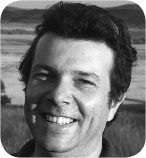
Chris Cartelli, who updated the sections on the western highlands, Gambella, and Ambo and surrounds, first got acquainted with Ethiopia as a Peace Corps agriculture volunteer in Metu, a riverside town in one of the countrys greenest corners. Over a two-year period, isolated from Addis Ababa by a 600km stretch of treacherous gravel and asphalt, he learned to enjoy the relaxed pace of local life which puts tight social and family ties ahead of all else. For him it was a dream come true to travel through every corner of the striking western highlands of Oromia his second home to update this section of the book.
Frank Rispin, who helped fact-check and map the Addis Ababa chapter, first went to Ethiopia in 1970, with his wife Ann and two small sons, to work at Sandford School. They returned to the UK with an Ethiopian daughter. In 1981 he became a headteacher in Southampton. Returning to Addis in 2002, he soon became involved in tourism. Meanwhile Ann set about starting new international schools such as BIS Addis, and the Rispins group of schools. He would like to thank Ms Genet Mengistu for her invaluable help with the new Addis chapter and maps.
Ariadne Van Zandbergen (www.africaimagelibrary.com), the main photographic contributor to this book, is a Belgian-born freelance photographer and tour guide who first travelled through Africa from Morocco to South Africa in 199495. Now married to Philip Briggs and resident in South Africa, she has visited more than 25 African countries and her photographs have appeared in numerous books, maps, periodicals and pamphlets.
Kim Wildman (www.wildwritingandphotography.com), updater for the sixth edition of this book, is a guidebook author, travel writer and wannabe National Geographic photographer with a Masters degree in African Studies. She has authored and updated 15 guidebooks, and her travel articles have appeared in Planet Africa, Travel Africa, AbouTime and Voyageur.
AUTHORS STORY
Wrapping up the seventh edition of this guidebook, its strange to think that a full 21 years has passed since I first explored Ethiopia to put together what would become the first modern guidebook to a then practically unknown destination. It was an amazing, revelatory trip, and in many respects one that couldnt be repeated today.
Make no mistake, Ethiopia in 1994 could be tough going. Freshly emerged from the oppressive Derg regime, long before the advent of the internet and Smartphones, it felt more isolated and insular than any place Ive been before or since. As a rare faranji, the non-stop attention of yelling children could be utterly sapping. Ill-advisedly travelling during the rains, the roads (then almost all unsurfaced) were horrendous, and the buses that trundled along them uncomfortable and dangerous. Smalltown hotels were crude and often showerless, meals basic and repetitive, rural toilets spectacularly graphic, and sanitation and hygiene so dodgy that I contracted typhoid and guardia among other less diagnosable illnesses.
Yet Ethiopia in 1994 also stands as easily the most absorbing and downright strange trip Ive ever undertaken. Every day in this little-known and idiosyncratic land brought fresh moments of discovery and wonder, be it a chanting priest in a time-worn rock-hewn church, an Ethiopian wolf trotting across the Sanetti Plateau, an azmari singing the Amhara blues in a small-town bar, or vice-jawed hyenas being hand-fed on the dusty outskirts of Harar. Truly, I had the time of my life.
Ethiopia in 2015 is a very different prospect: hugely changed, in most respects for the better. The country is less oppressively governed than under the Derg, and far more connected to the outside world. It has better roads, more schools, less grinding poverty, and greater gender equality. Furthermore, vast improvements in infrastructure and amenities make it incomparably easier to travel through.
Still, over three recent trips to Ethiopia to research this seventh edition, I was struck repeatedly just as Id been two decades earlier by what a wonderfully strange and varied country it is. That venerable cast of incanting priests, endemic wolves, grumbling troubadours and suburban hyenas is still present and correct, but a host of more newly accessible attractions the explosive lava lake at Erta Ale, elephant tracking in Chebera-Churchura, bamboo-munching Bale monkeys in Harenna, a funky cabaret in a Gondarine bar ensured that Ethiopia felt almost as fresh in 2015 as it did 21 years earlier. Im already looking forward to my next visit!
FOLLOW BRADT
For the latest news, special offers and competitions, subscribe to the Bradt newsletter via the website www.bradtguides.com and follow Bradt on:
 www.facebook.com/BradtTravelGuides
www.facebook.com/BradtTravelGuides
 @BradtGuides
@BradtGuides
 @bradtguides
@bradtguides
 www.pinterest.com/bradtguides
www.pinterest.com/bradtguides
PUBLISHERS FOREWORD | Hilary Bradt |
When people ask me which is my favourite Bradt guide, I answer unhesitatingly: Ethiopia by Philip Briggs. Even if they dont ask I tell them, because this is an exceptional book. It receives more fan letters than any other, and one reader who was robbed of the contents of his tent spent two adventurous days retrieving the only possession he couldnt manage without Philips guide. In a previous edition I quoted this letter as an example of why readers appreciate this book so much, although I hesitated to repeat it since two stories of robberies could send out the wrong message. So reassure yourselves by reading Philips Authors story, while enjoying the tale as an example of the value an outstanding author can bring to a guide book.
I left the safety of my overland tour in Kenya to travel Ethiopia independently. I found myself being shot at by bandits with AK47s in northern Kenya about 50km south of the border with Ethiopia. We were treated OK but all I was left with was the clothes I was wearing and my invaluable Bradt guide to Ethiopia. Due to my determination not to let the bandits win I then spent seven weeks travelling around Ethiopia. Your guide is the best I have used as it really does tell you how to get from tiny villages, to ancient sites, to cities, and to meet the ordinary people. Despite such a stressful start to my adventure, and the difficulties with bus travel in Ethiopia, I will never forget what wonderful people Ethiopians are. Without your guide I would have turned back.
Font size:
Interval:
Bookmark:
Similar books «Ethiopia»
Look at similar books to Ethiopia. We have selected literature similar in name and meaning in the hope of providing readers with more options to find new, interesting, not yet read works.
Discussion, reviews of the book Ethiopia and just readers' own opinions. Leave your comments, write what you think about the work, its meaning or the main characters. Specify what exactly you liked and what you didn't like, and why you think so.

